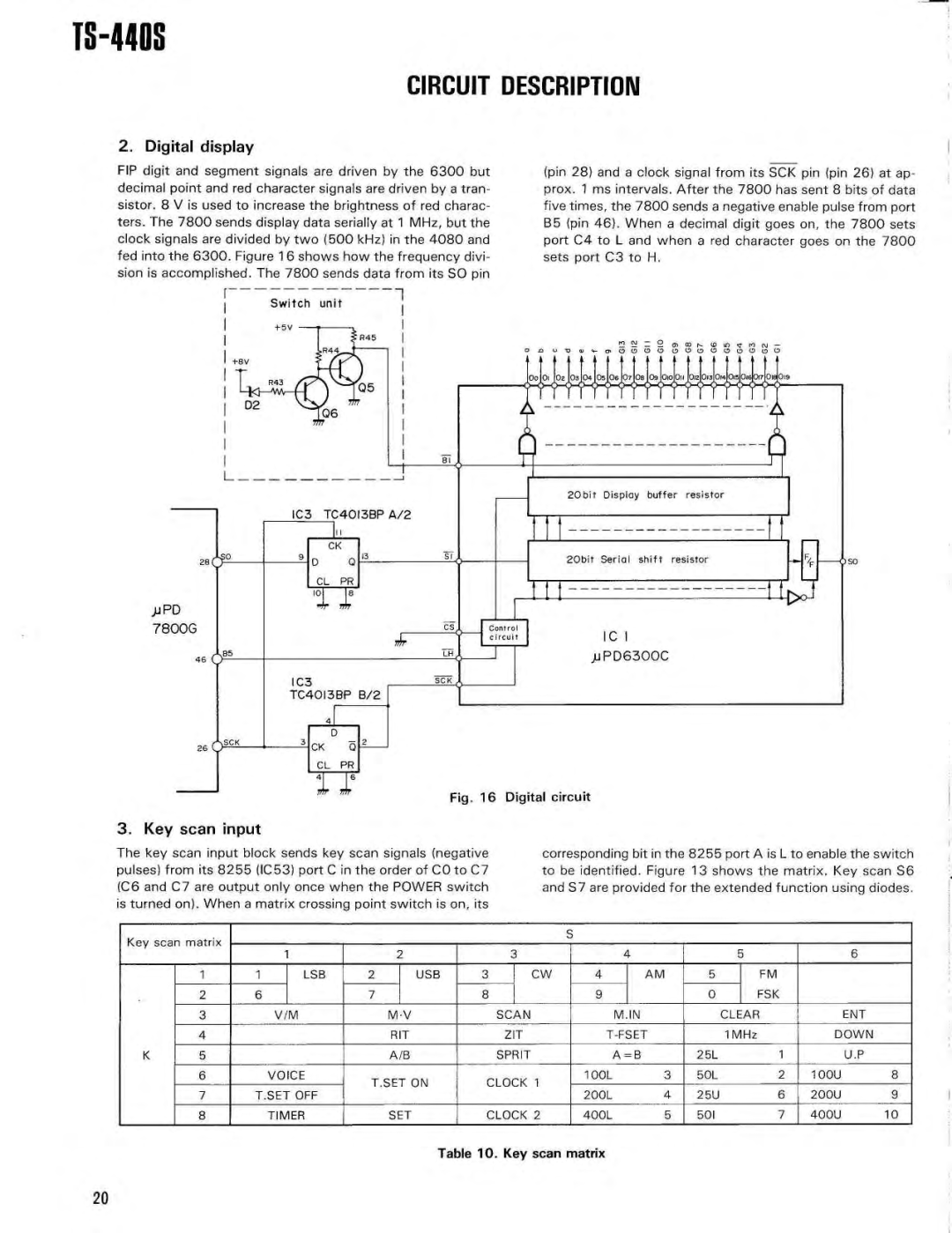SP-430, VS-1, PS-430, AT-440, YK-88C specifications
The Kenwood MB-430, PS-50, YK-88S, YK-88CN, and YK-88SN are notable components that enhance the capabilities of Kenwood's transceiver products, particularly in the amateur radio segment. Each of these units plays an essential role in expanding functionality, improving performance, and providing users with valuable features that are beneficial in various communication scenarios.Starting with the Kenwood MB-430, it serves as a versatile mobile bracket designed for specific Kenwood radio models. The MB-430 enhances mobility, allowing operators to mount their radios securely in vehicles or portable setups. Its sturdy construction ensures reliability during operation, and it offers a simple installation process, making it user-friendly for both beginners and seasoned enthusiasts.
The PS-50 power supply is a crucial accessory that complements Kenwood's transceiver line. This power supply is known for its compact design, providing 13.8 V DC output, which is essential for powering radios effectively. With a current rating that adequately supports various transceivers, the PS-50 is equipped with short-circuit protection and thermal overload features. These safety mechanisms protect both the power supply and the connected equipment, making it a dependable choice amongst operators.
The YK-88S, YK-88CN, and YK-88SN are all filters that enhance the performance of Kenwood transceivers. The YK-88S is a high-performance SSB filter, designed to improve the clarity of SSB signals while reducing adjacent channel interference. It offers narrow bandwidth options that facilitate more precise tuning, making it particularly valuable in crowded band conditions.
Meanwhile, the YK-88CN is known for its crystal filter technology, optimizing the transceiver's performance for CW and digital modes. This filter helps in eliminating unwanted noise, allowing operators to enjoy clearer reception and improved decoding of weak signals.
The YK-88SN, similar in function to the YK-88S and YK-88CN, provides additional narrow filtering options, enhancing the agility of transceiver operation in various modes. It effectively enhances selectivity and reduces interference from strong signals, providing a cleaner audio output.
Together, these components contribute to a seamless operating experience for amateur radio enthusiasts. Whether enhancing filter characteristics, providing reliable power, or ensuring secure mobility, the MB-430, PS-50, YK-88S, YK-88CN, and YK-88SN demonstrate Kenwood’s commitment to quality and performance in the radio communications field.

